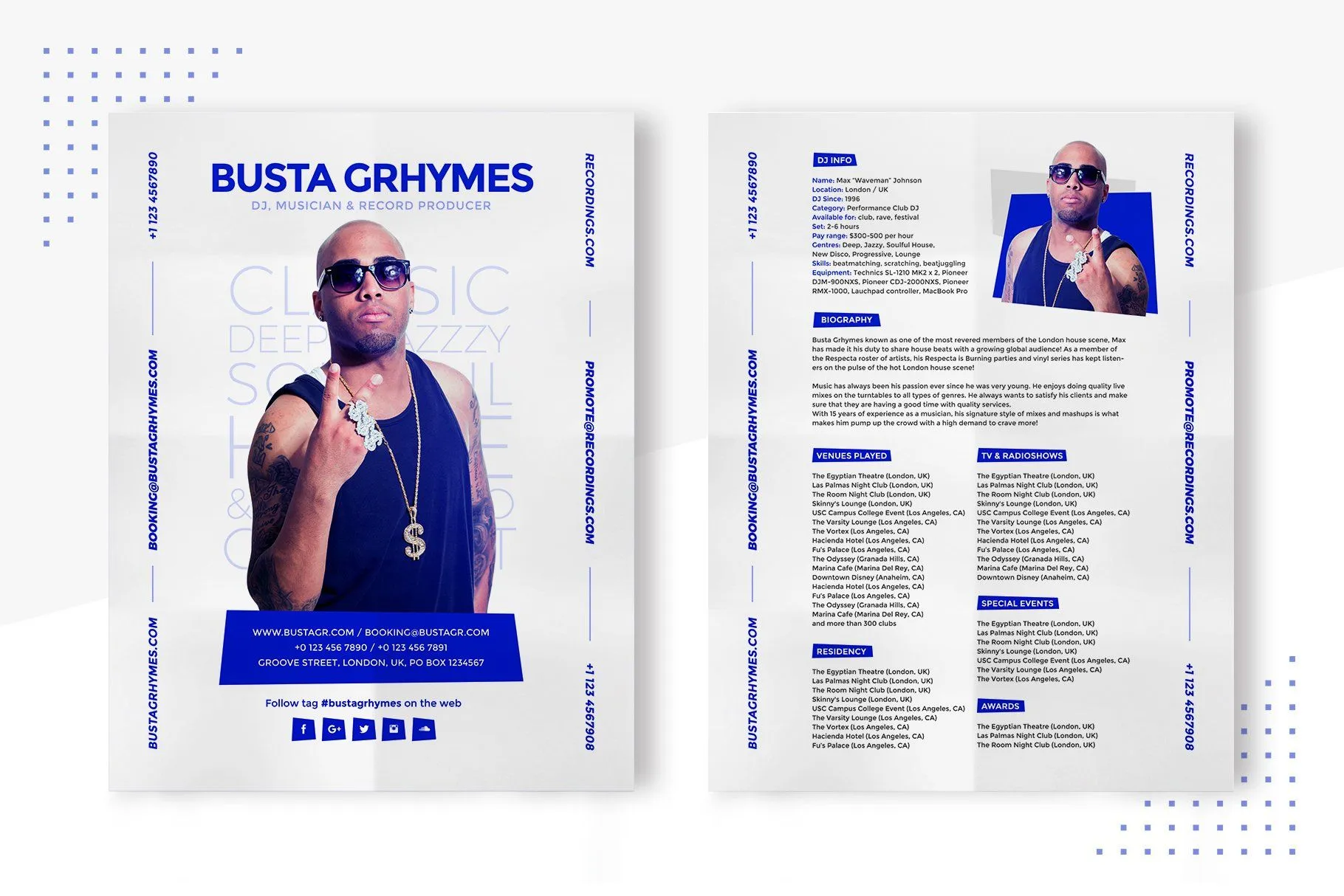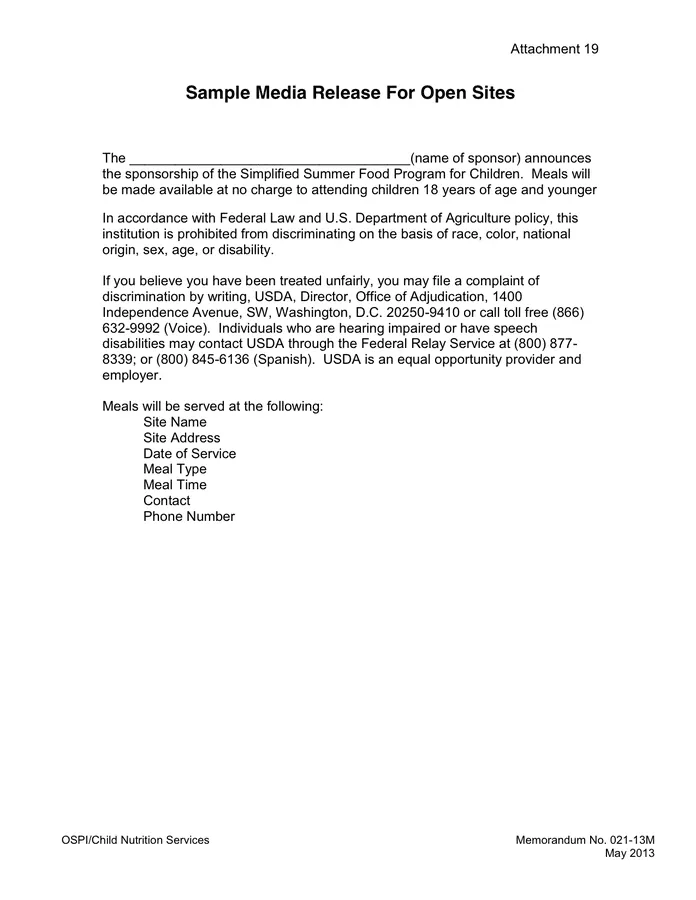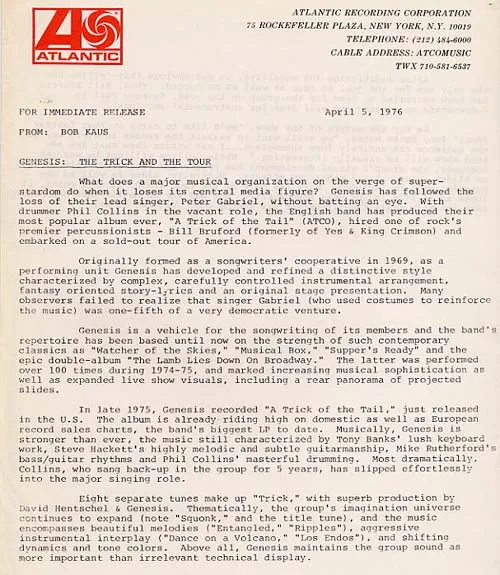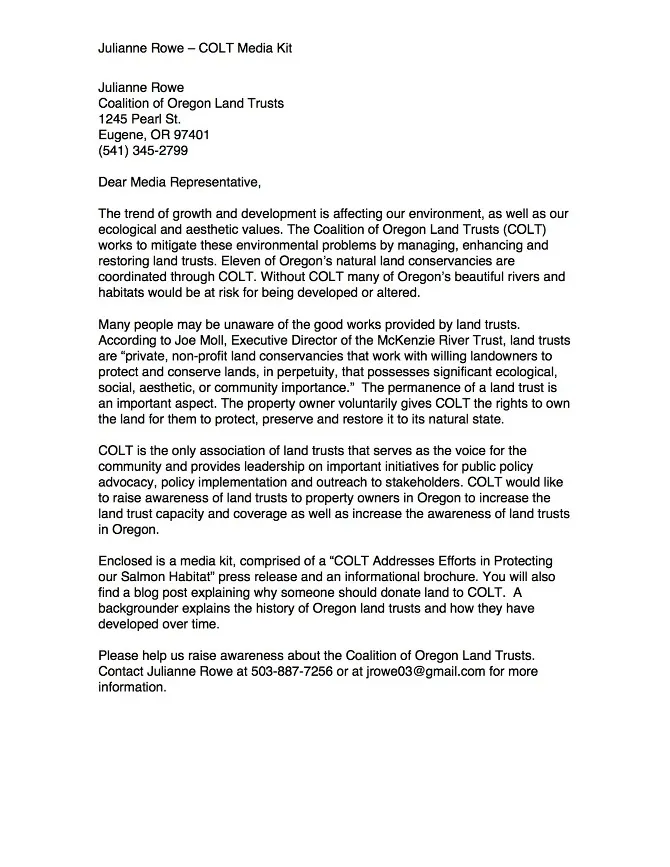Why a Press Kit Cover Letter Matters
A press kit cover letter is often the first point of contact between you and a journalist, editor, or media outlet. It serves as a critical introduction, setting the tone for your entire pitch. Unlike a generic email blast, a well-crafted cover letter demonstrates that you’ve done your homework and understand the recipient’s specific needs and interests. It goes beyond simply presenting your information; it tells a story, highlights your key selling points, and explains why your news is relevant to the media outlet’s audience. This personalized approach significantly increases the likelihood of your press kit being reviewed and, ultimately, your story being covered. Without a strong cover letter, your press kit might be overlooked, wasting your time and effort. The cover letter is the gatekeeper, the initial handshake, and the opportunity to make a lasting positive impression.
Crafting a Compelling Cover Letter
Creating a compelling press kit cover letter requires careful planning and execution. It’s not just about listing your accomplishments; it’s about weaving them into a narrative that captures attention and sparks interest. Your letter should immediately grab the reader’s attention, making them want to learn more. Begin by personalizing the letter to the specific media outlet and journalist you’re targeting. Research their previous work to understand their focus and tailor your message accordingly. Clearly state the purpose of your press kit and what you hope to achieve. Provide a concise overview of the most newsworthy aspects of your announcement, and explain why it matters to their audience. A compelling cover letter is a blend of persuasive writing, targeted information, and a clear call to action, compelling the recipient to delve deeper into your press kit.
Define Your Objective

Before writing your cover letter, clearly define what you hope to achieve. Are you aiming for a feature article, a product review, or an interview? Identifying your primary objective will help you tailor your message and focus on the most relevant information. Knowing your goal allows you to highlight the aspects of your story or product that align with the media outlet’s interests and audience. This targeted approach significantly increases your chances of a positive response. For example, if you’re launching a new sustainable product, targeting environmental publications or journalists focused on eco-friendly initiatives is the perfect match. Therefore, by defining your objective, you ensure that your cover letter is strategic, focused, and aligned with the media outlet’s goals, making your pitch more effective.
Highlight Key Achievements
Your cover letter is the place to spotlight your most impressive achievements. Focus on the most newsworthy aspects of your announcement, emphasizing what makes it unique and compelling. Use concise, impactful language to highlight significant milestones, awards, or innovations. Include specific data or statistics to back up your claims and demonstrate the impact of your work. For example, if you’ve launched a new product, mention its innovative features and any early success metrics. If you’ve achieved a significant milestone, such as securing funding or winning an industry award, make sure to showcase it prominently. By highlighting your key achievements upfront, you capture the reader’s attention and demonstrate the value and relevance of your press kit. This section is about making a strong first impression, so choose your most compelling points carefully.
Target Your Audience
A key element of a successful press kit cover letter is tailoring it to your target audience. Before writing, research the media outlet and the specific journalist or editor you’re contacting. Understand their focus, past articles, and the audience they serve. This knowledge allows you to personalize your letter, demonstrating that you’ve taken the time to understand their interests and needs. Mentioning specific articles they’ve written or topics they cover shows that you respect their work and understand their niche. By tailoring your message, you increase the likelihood that your story will resonate with the reader, making them more interested in reviewing your press kit. Generic cover letters often get discarded, but a personalized approach shows that you value the recipient’s time and expertise.
Structure and Formatting Tips

A well-structured and formatted cover letter is crucial for making a positive impression. Your letter should be easy to read and navigate, ensuring that the recipient can quickly grasp the key information. Use a clear and professional font, such as Arial or Times New Roman, and maintain consistent formatting throughout. Keep your paragraphs short and concise, using bullet points or numbered lists to break up the text and highlight key points. Ensure your letter has a professional layout, including your contact information, the recipient’s details, and a clear subject line. A well-structured letter shows respect for the recipient’s time and increases the chances of your message being read and understood. A disorganized or poorly formatted letter can undermine your credibility before the reader even gets to the content.
Start with a Strong Opening
The opening of your cover letter is your first and often only opportunity to capture the reader’s attention. Start with a compelling hook that immediately grabs their interest. Instead of a generic greeting, try a personalized opening that demonstrates your understanding of their work or the media outlet’s focus. Briefly state the purpose of your letter and what you’re offering. Highlight the most newsworthy aspect of your announcement in the first paragraph, making it clear why this is relevant to their audience. Make sure to include the who, what, when, where, and why of your story in the initial paragraph. A strong opening sets the tone for the rest of your letter and makes the reader want to learn more. Therefore, by capturing their attention early on, you significantly increase the likelihood of your cover letter being read and your press kit being considered.
Showcase Your Value Proposition
Your cover letter must clearly articulate your value proposition - the unique benefits you offer to the media outlet and its audience. Explain why your story or product is important, interesting, and relevant. Highlight how it aligns with the outlet’s editorial focus and what new insights or perspectives it provides. Demonstrate the value by showcasing your key achievements, unique features, and the potential impact of your news. If you are launching a product, explain how it solves a problem or meets a need for their audience. If you’re sharing industry insights, highlight the significance and relevance of your information. A strong value proposition assures the recipient that covering your story would be beneficial to them and their audience, thus increasing the chances of a positive outcome.
Keep it Concise

In the fast-paced world of media, brevity is crucial. Keep your cover letter concise and to the point, respecting the recipient’s time. Aim for a letter that is no longer than one page, ideally even shorter. Focus on the most important information and avoid unnecessary details or jargon. Every word should serve a purpose, conveying the key elements of your story or product. Avoid lengthy explanations or rambling sentences. Using bullet points can help present information efficiently. By keeping your letter concise, you increase the chances that it will be read and understood. A well-written, concise cover letter is more likely to make a positive impression and lead to your press kit being reviewed.
Proofread and Edit
Before sending your cover letter, meticulous proofreading and editing are crucial. Errors, typos, and grammatical mistakes undermine your credibility and create a negative first impression. Carefully review your letter for any errors in spelling, grammar, and punctuation. Ensure that the tone is professional and that the language is clear and concise. Check the formatting to ensure it’s consistent and easy to read. Consider having a colleague or friend proofread your letter as well, as a fresh pair of eyes can often catch errors that you might miss. Proofreading also includes checking the accuracy of names, titles, and contact information. By proofreading, you guarantee that your cover letter is polished and professional, enhancing your chances of success and making a positive impact.
Contact Information and Call to Action
Your cover letter should include clear contact information, making it easy for the recipient to reach you. Include your name, title, company, phone number, and email address. Ensure that all contact information is accurate and up to date. Close your letter with a clear call to action, telling the recipient what you want them to do next. This could be a request to review your press kit, schedule an interview, or consider your story for publication. Make it easy for them to respond by including a direct link to your press kit or providing any necessary access details. A strong call to action guides the recipient and increases the likelihood of a positive response. By providing easy contact information and a clear call to action, you make it simple for media professionals to engage with you and consider your story for coverage.
What to Include in Your Press Kit

A well-organized press kit is essential for supporting your cover letter and providing journalists with the information they need. Your press kit should include key elements that tell your story comprehensively and persuasively. Make sure all the components of the press kit are easily accessible and clearly labeled, allowing the media to find what they need quickly. Consider both digital and print formats, especially if you’re targeting traditional media outlets. Include a range of assets to provide a complete and compelling picture of your company or product. The press kit’s quality impacts the success of your PR strategy.
Essential Elements
The fundamental elements of a press kit are critical for conveying your message and ensuring a favorable response from the media. Include a press release announcing your news, providing the most important details and newsworthiness. Provide a fact sheet that summarizes key information about your company or product in a concise format, making it easy for journalists to get the main points. Include background information that provides context and a deeper understanding of your company or product’s history, mission, and vision. A biography of key personnel adds credibility and helps journalists understand the individuals behind the story. Finally, provide contact information for media inquiries, including a direct contact for easy communication.
Visual Assets
High-quality visual assets are crucial for capturing attention and enhancing your press kit’s appeal. Include high-resolution photos that are relevant to your announcement. These could be product shots, headshots of key personnel, or images of your company’s facilities. Provide videos, such as product demos, company overviews, or interviews with key people, to engage the audience and deliver your message more effectively. Consider incorporating a logo and branding guidelines to maintain consistency and reinforce brand recognition. Also, include any infographics or charts that help visualize data and make complex information easier to understand. A well-curated selection of visual assets can significantly enhance the impact of your press kit, making it more compelling and memorable.
Contact Information

Accurate and accessible contact information is crucial for allowing media representatives to reach you easily. Include a designated media contact, preferably a public relations professional or a knowledgeable company representative, and include their name, title, and contact details. Providing multiple methods of contact, such as a phone number and an email address, makes it simpler for journalists to follow up and ask questions. Make sure to monitor the media contact’s communication channels regularly, promptly responding to any inquiries. By ensuring contact information is readily available, you foster a positive relationship with the media and help make it easier to build your story.
Distribution and Follow-Up
Once your cover letter and press kit are prepared, the next steps involve distribution and follow-up. Distributing your press kit strategically and following up with media contacts are vital for maximizing your PR efforts. Choose media outlets that are relevant to your industry and target audience. Consider using email or online press release distribution services for broader reach. Following up after submission is essential for building relationships and increasing the chances of coverage. It’s a two-fold process involving the initial approach and the subsequent interactions.
Choosing the Right Media Outlets
Choosing the right media outlets is essential for targeting your press kit effectively. Focus on media outlets that align with your target audience and industry. Research publications, websites, and journalists who cover topics related to your announcement. Analyze the outlet’s audience demographics and content style to ensure a good fit. Create a media list of specific journalists and editors you want to reach and customize your cover letter accordingly. Considering the media outlet’s reach and influence is key to achieving your public relations goals. By choosing the correct outlets, you increase your chances of securing relevant coverage and making an impression.
Following Up After Submission
Following up after submitting your press kit is a crucial step in securing media coverage. Wait a few days after the initial submission before sending a polite follow-up email or making a phone call. Reiterate your key message and offer any additional information. Keep your follow-up brief and focused on the value you offer to the journalist. Ask if they received your press kit and if they have any questions. Be prepared to answer questions and provide any additional information they might need. If you don’t receive a response, it’s okay to follow up once more, but avoid being overly persistent. A well-timed and polite follow-up can significantly increase your chances of gaining coverage and building a positive relationship with media contacts.
